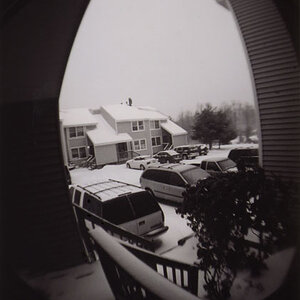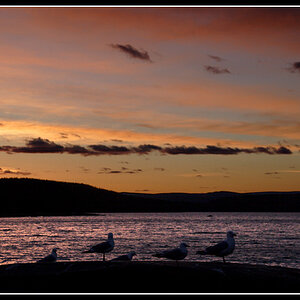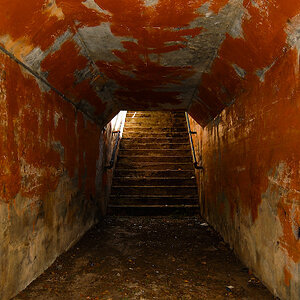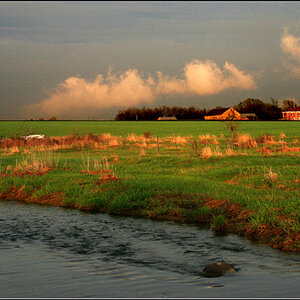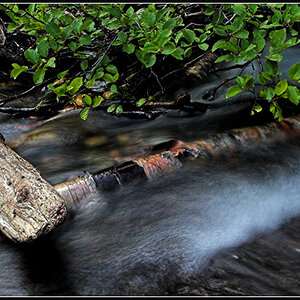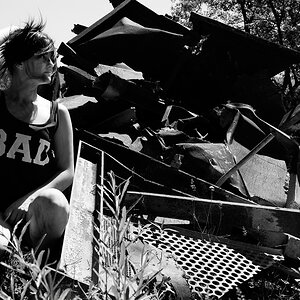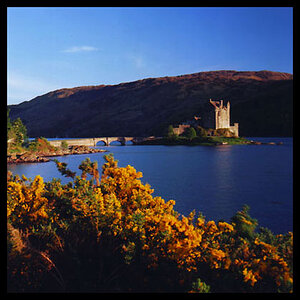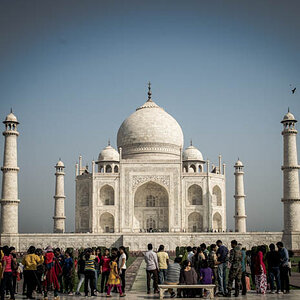icassell
No longer a newbie, moving up!
- Joined
- Jun 7, 2008
- Messages
- 9,899
- Reaction score
- 15
- Location
- Arizona
- Can others edit my Photos
- Photos NOT OK to edit
To answer your question though, it could be done technically. But with out the experience, would the shooter have an idea of what they were trying to do in the first place or are they just swagging around in the digital trying to find what they like.
Well, I still have my 35mm camera and lenses, but the filters are long gone ... rather than re-invest, I was wondering how it would work out if I tried the digital processing route. As for why someone would want to mix media, that is done not only in photography. It can be interesting and fun at times. As for me, I have a fair amount of 35mm glass still, but there is no way I can set up a darkroom in my current life ...


